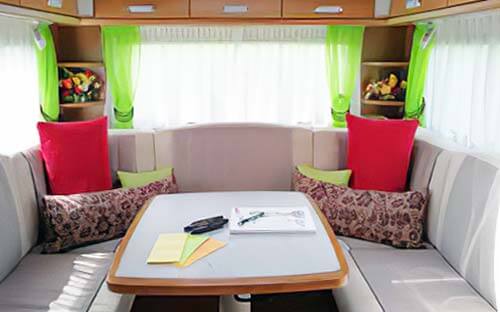
Forget Web 2.0
Lecture
Online Educa Berlin
Topics
Target group
Executives
Managing directors
Personnel development
eLearning services
Company specific content for blended learning and eLearning projects
My lecture on December 3rd, 2009, at the Online Educa Berlin in the Hotel InterContinental in session IMP 19. This session took place in the Charlottenburg area under the heading: 21st Century Assessment Debate. My chairman was Sue Martin.
The title of my lecture was, specifically:
„Forget Web 2.0 techniques – let’s talk about learners, creativity and the importance of learning“ and the motto was: „Change of perspective in eLearning“
Abstract
Forget about Web 2.0 techniques –
Let’s talk about learners, creativity, and the impact of learning
In the past few years everybody has been talking about Web 2.0 techniques. The tools, there in, such as „twitter“ or „Skype“ are used for communications. „Learning management systems“ or „Learning content management systems“ are used for administration. Learning platforms, diverse evaluation tools, and test tools, etc. are also part of Web 2.0 – but nobody has spoken with the students about their willingness to learn.
Programs are boring
The outcome is that we hear employees and students saying, that programs are boring, do not fit their needs, are too long, and are not integrated in good curricula. The effect is that they just take their eLearning or tests – without testing, reading, or learning the rest of the program. Nobody controls what the students have learned – the techniques will accomplish it – it’s rapid learning without transfer into daily work. It is just doing what Human Resource people and supervisors have required. Thus, learning starts to be annoying, quick and dirty, and not motivating. As a result, initiators and students are not fulfilled.
That is not the purpose of learning!
The purpose of learning
The objects for which we learn, are:
- an act of gaining knowledge
- improving skills
- improving conduct
- enhancing success
So how do we get there? What do we need for this?
The initiators of a learning program need to be open minded to intensive dialogue and critical discussions. They should be able to talk about a clear benefit of training together with potential students and participants.
This will require more time on the part of the initiators but the big result will be less resistance by the students. You have to change the behavior of the participants from „victim“ to „perpetrator“ in a positive manner. This change will only be effective with strong integration of the participants.
Integration will require that you take a look at yourself, your leadership behavior, and the tasks given to the employees and the students.
You also have to check your organizational structure, determine if it is effective, efficient, and transparent. After this, you can change and adapt the values in your company. When you have prepared and adapted these steps, it is important to check your project organization. You should have a good process plan and a well-defined project team with a clear structured project plan. If these are accomplished, you can start to integrate all the team members into a very creative process with a lot of inventiveness, innovation, and awareness.
Forget Web 2.0 search for a self-enabling structure
As a unit, you develop good learning design with all the needed tools and methods woven into a harmonic interaction. This combination, which will be adapted to all circumstances, to all requirements and needs, will lead you to a self-enabling structure. This structure is supporting and leading the students through the whole learning process. They will be equipped with all the important and necessary items. They need to be enabled to continually transfer the acquired knowledge into their daily work.
At the end, you have a life cycle of a motivating learning design, where you use the challenge and have the feeling of success in every turn. Together with your team you create a positive motivating spiral for all students. They must have the ability and the willingness to use this learning design for their future. They will learn with more fun, motivation, inquisitiveness, action and success!

